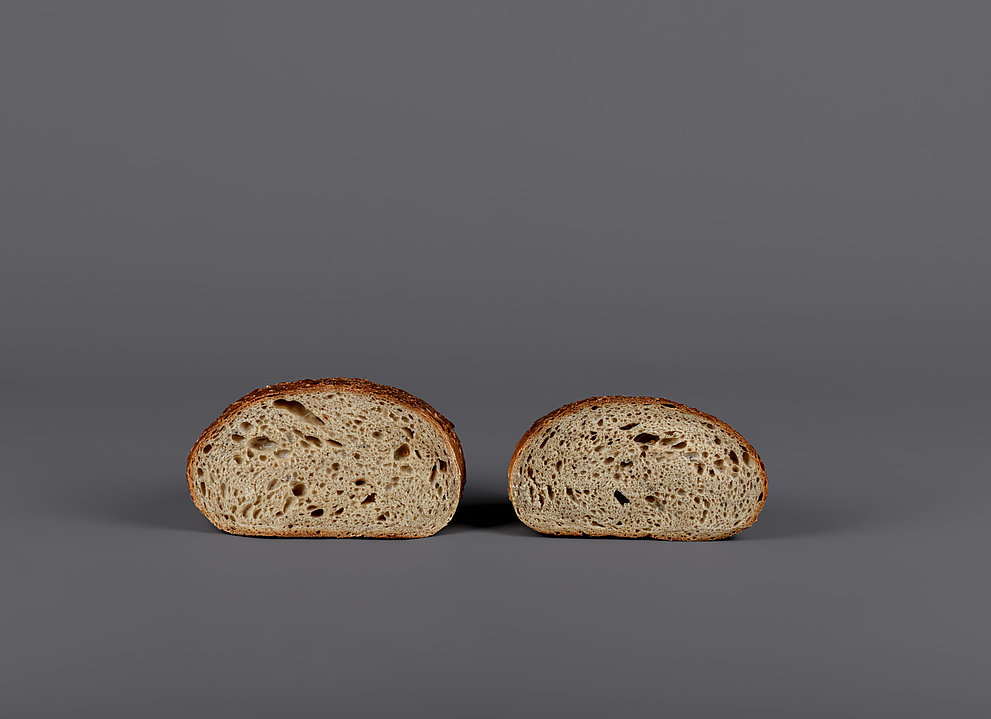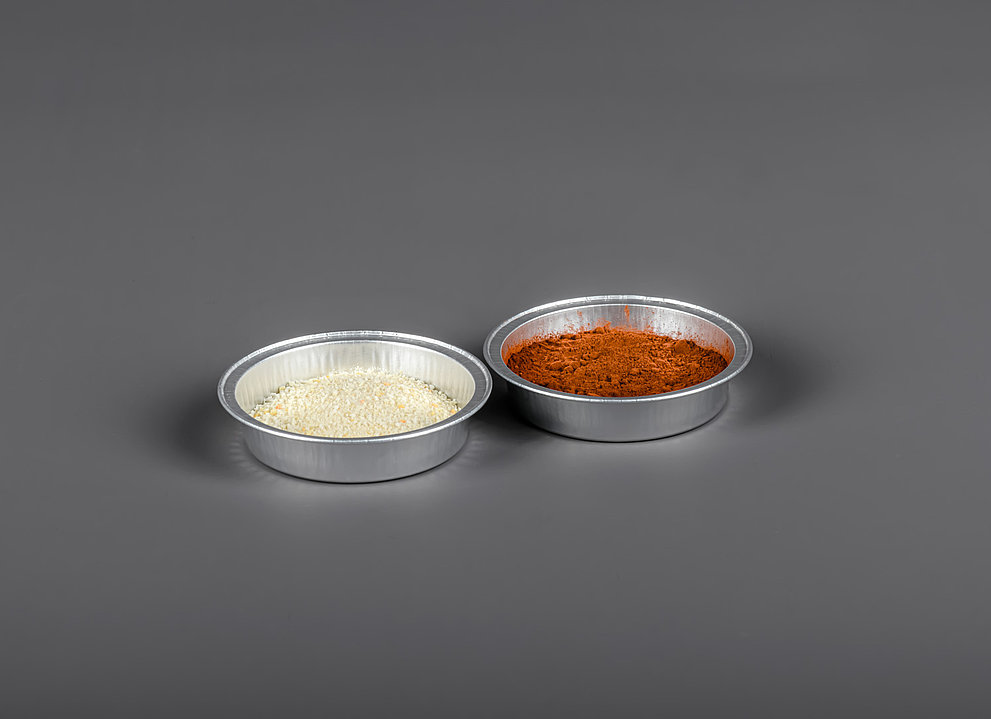Food Research Applications for Dynamic Vapor Sorption
Water is one of the most critical constituents of food, as the moisture content – and in particular the water activity – influences shelf life, quality as well as physical and sensory properties. Examples are flowability, stickiness, crispiness or the texture of products, which vary depending on product moisture. A change both by increase and loss of moisture can occur during transport, storage, processing or handling of the product. Thereby the transfer of moisture can take place between individual ingredients or between the product and the environment. To characterize these effects in more detail, dynamic water vapor sorption is widely used in food research in numerous applications.

Shelf Life
Quality, shelf life and consumer acceptance of food products such as bread or dry snacks like potato chips and salt sticks are influenced by both the adsorption and desorption of moisture. For example, the aging of bread is related to the drying of the crumb. In snack foods, however, the adsorption of moisture leads to a loss of crispness. Dynamic water vapor sorption provides the possibility to investigate the product behavior under the influence of environmental conditions (relative humidity, temperature) to draw conclusions about the shelf life and quality change of the product.

Deliquescence
Deliquescence describes the transition from a crystalline solid to a dissolved state when a critical, material-specific relative humidity is exceeded. Such behavior is typically observed for hygroscopic substances due to their high affinity for the adsorption of moisture – usually in the form of water vapor from the surrounding atmosphere. With such products, this already occurs at low relative humidities. As a result, caking and, at higher moisture, deliquescence of the solids occurs frequently. Due to the associated adverse effects on the technological and sensory properties as well as the shelf life, hygroscopic products generally require special attention to the product-moisture interaction. In this context, dynamic water vapor sorption measurements play a decisive role in assessing the stability of both individual raw materials and the end products.

Amorphous Content
Quantification of amorphous content in materials is an essential analysis method in pharma as well as in food research. Processing steps such as milling may create or increase the amorphous content in a predominantly crystalline powder. The degree of crystallinity plays a major role in the efficiency of drug delivery and physical stability. The interaction of water with the amorphous parts of a partial amorphous powder significantly influences the solid properties. Amorphous materials can adsorb more water than crystalline materials. Upon (re)crystallisation, the adsorbed water becomes available for the interaction with other constituents in a formulation. Quantification of the amorphous content, or the degree of disorder in crystalline powders, therefore is of special interest for pharmaceutical applications and in the field of food research. Here, DVS measurements are a sensitive method for the quantification and investigation of the crystallization kinetics of amorphous components.


